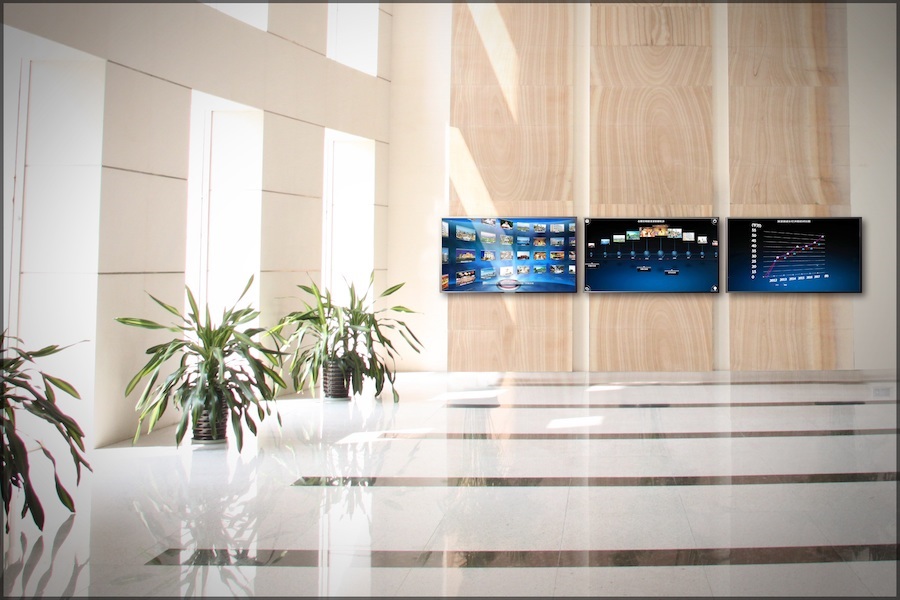Investigating the Durability of LED Display Panels in Comparison to Conventional Display Methods
Investigating the Durability of LED Display Panels in Comparison to Conventional Display Methods
Blog Article
LED wall screens have become progressively favored in recent years, especially in environments like educational institutions, corporate spaces, and public spaces. These screens use LED lights (LEDs) to create vivid and lively visuals. One of the most notable benefits of LED technology is its longevity in contrast to conventional display methods, such as cathode ray tubes (CRTs) and liquid display screens. Grasping the distinctions in lifespan and functionality between these technologies can help buyers make knowledgeable decisions about their screen requirements.
Traditional screen technologies, like CRTs, have been present for numerous years. They were frequently used in televisions and computer screens. However, CRTs have a shorter lifespan, typically lasting approximately 10,000 to 20,000 hours of operation. This means that after a few years, consumers may notice a decline in image quality, such as dimming or hue distortion. In comparison, LED wall panels can last significantly longer, frequently exceeding 50,000 hours. This prolonged lifespan means that users can experience consistent performance without the requirement for frequent replacements.
Another crucial factor to take into account is energy efficiency. LED panel panels consume less energy than traditional screens, which not only helps the environment but also reduces power expenses. For example, while a CRT monitor may consume around 100 W of energy, an LED panel can use as few as 30 to 50 W. This discrepancy in power consumption adds to the overall durability of LED innovation, as lower power consumption generates minimal heat. Excessive thermal energy can harm electronic components, resulting to a shorter duration for traditional displays.
In furthermore to their extended lifespan and power efficiency, LED wall panels also provide enhanced image quality. They offer more vivid colors and better contrast, making them perfect for multiple applications, from advertising to learning displays. The technology behind LED panels enables for a wider viewing perspective, meaning that visuals stay clear and like this vibrant even when seen from the flank. This is a significant advantage over conventional screens, which frequently suffer from color deformation and diminished brightness at broader angles.
In summary, the durability of LED panel panels compared to traditional screen methods is a key factor for consumers to consider. With durations that can surpass 50,000 hrs, power efficiency, and superior visual clarity, LED innovation offers many benefits. As technology continues to progress, LED panel panels are likely to become even more prevalent in various settings. Grasping these differences can assist individuals and organizations make better decisions when purchasing in screen innovation, ensuring they receive the optimal value for their needs.